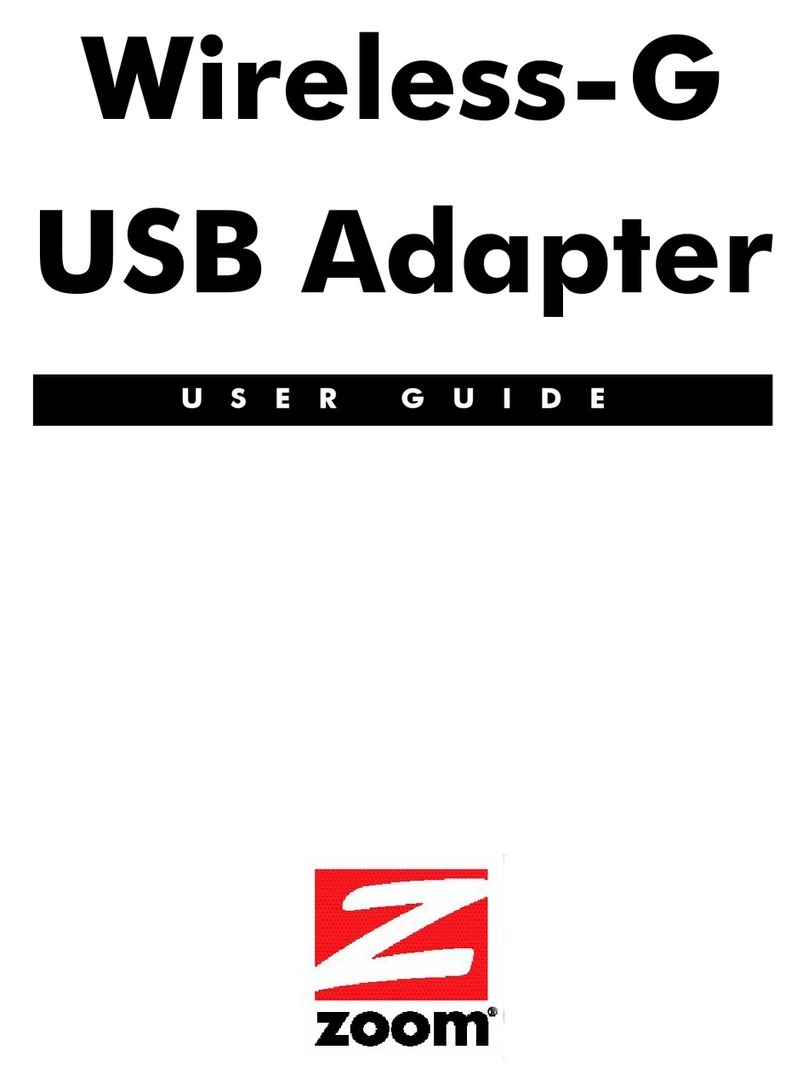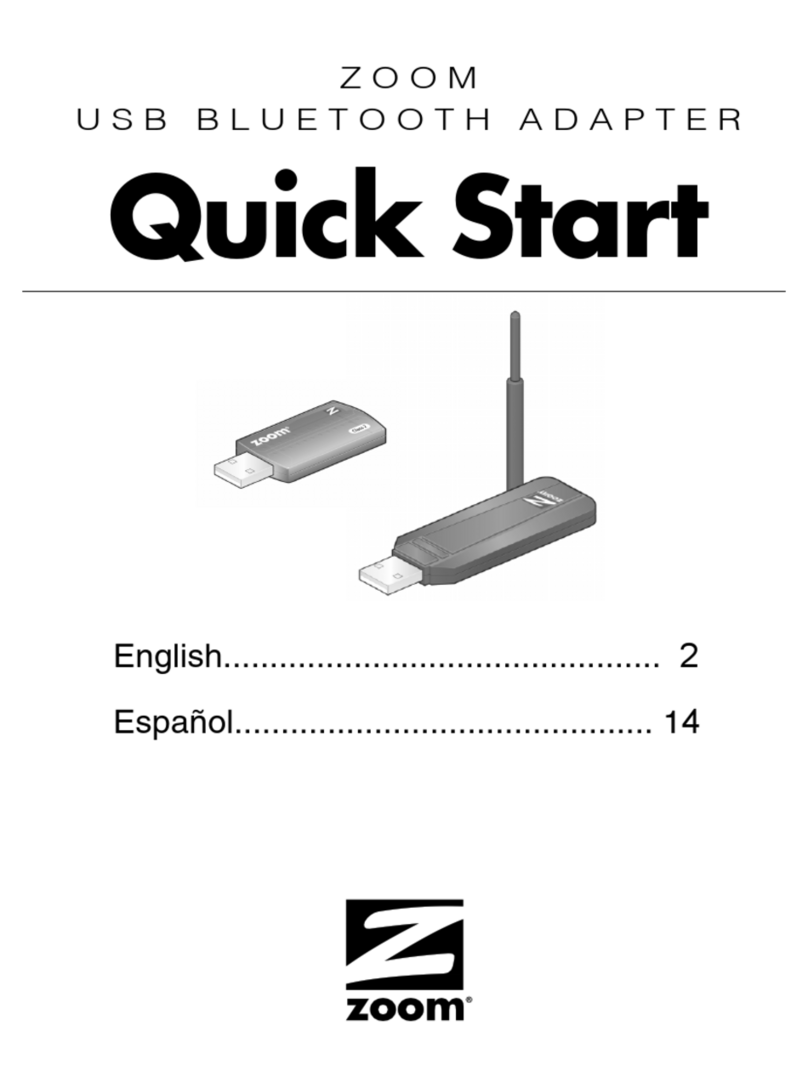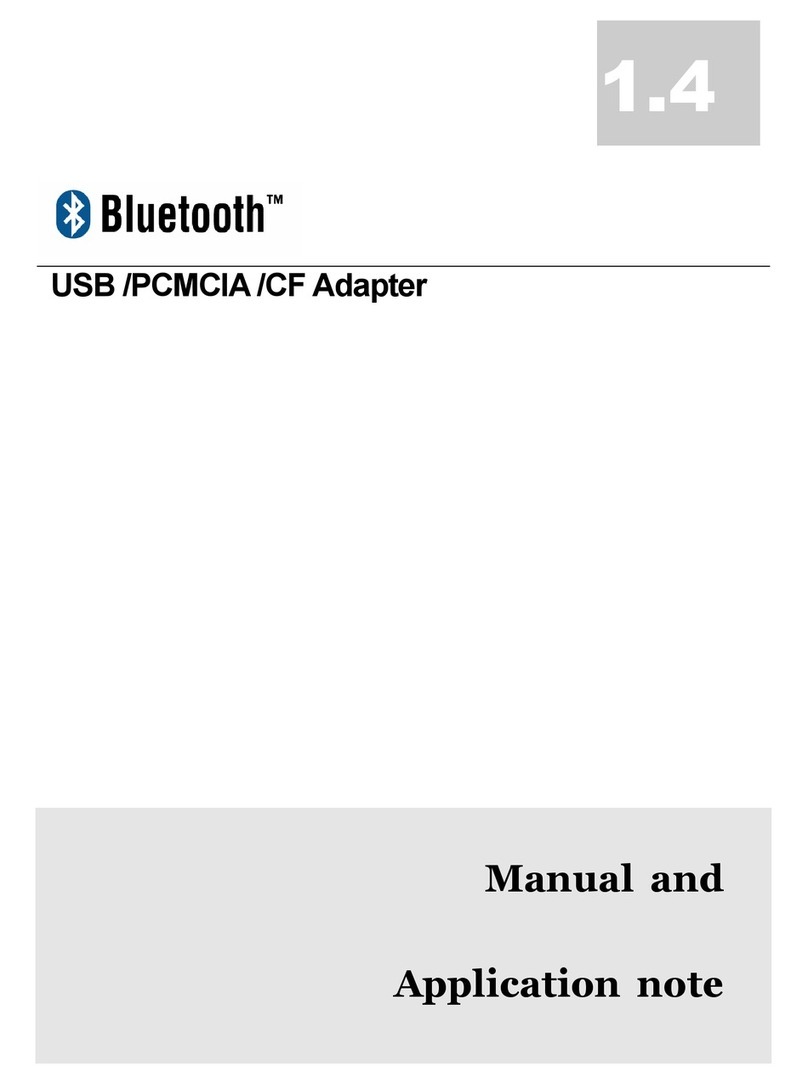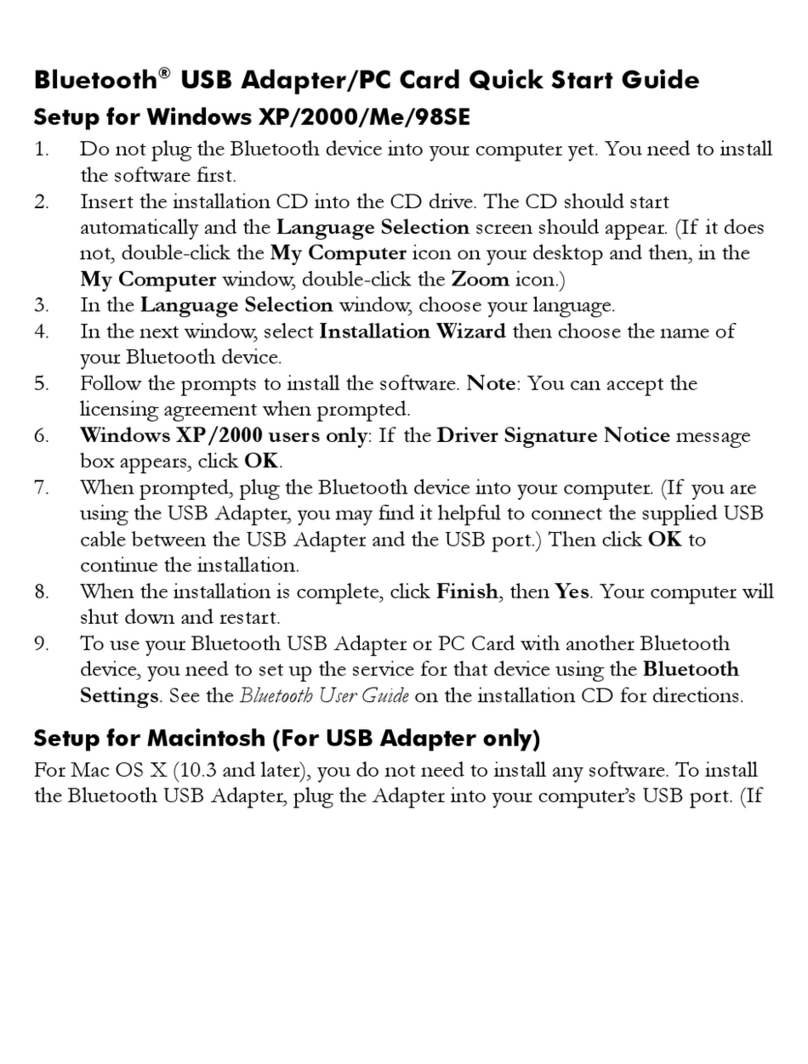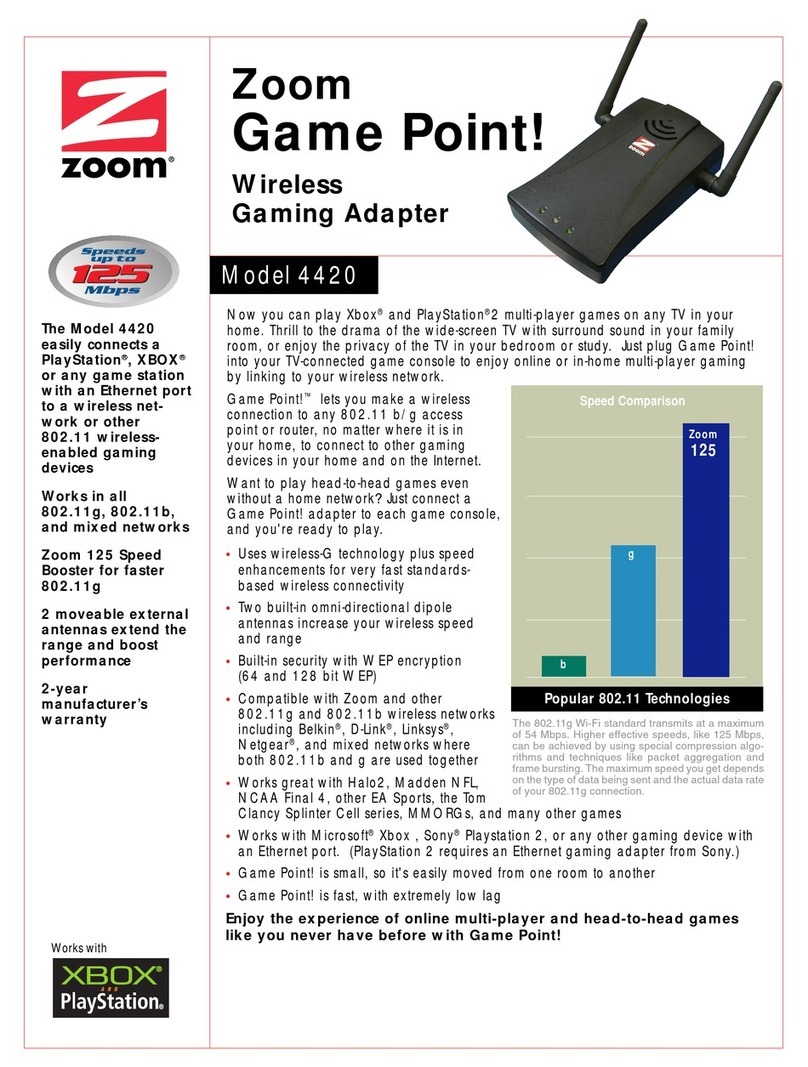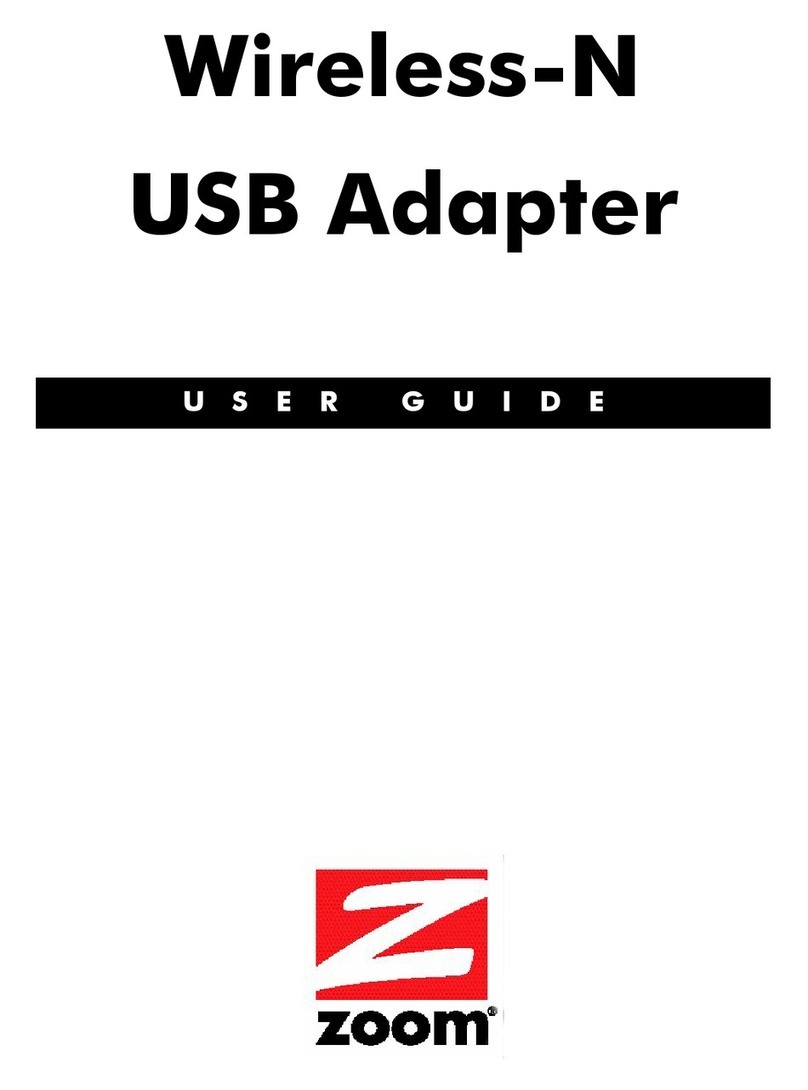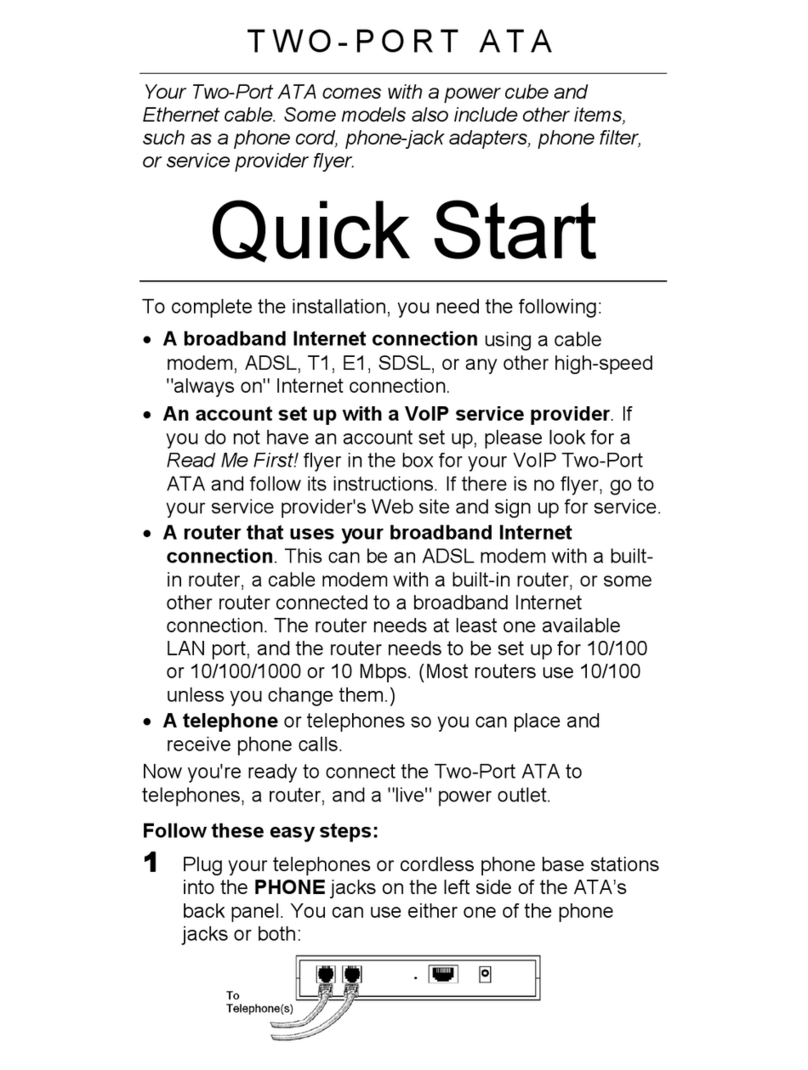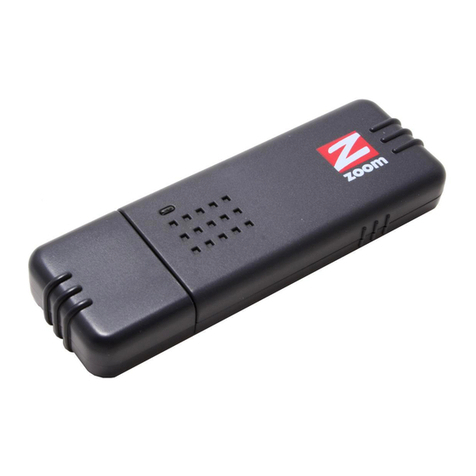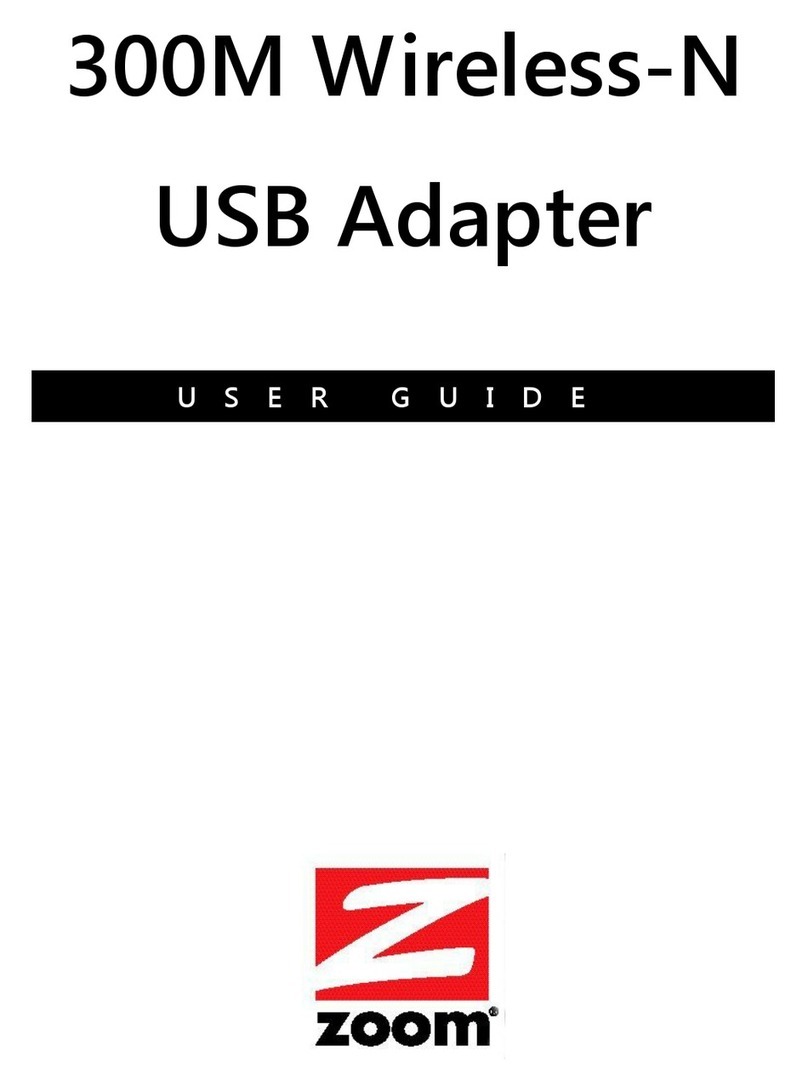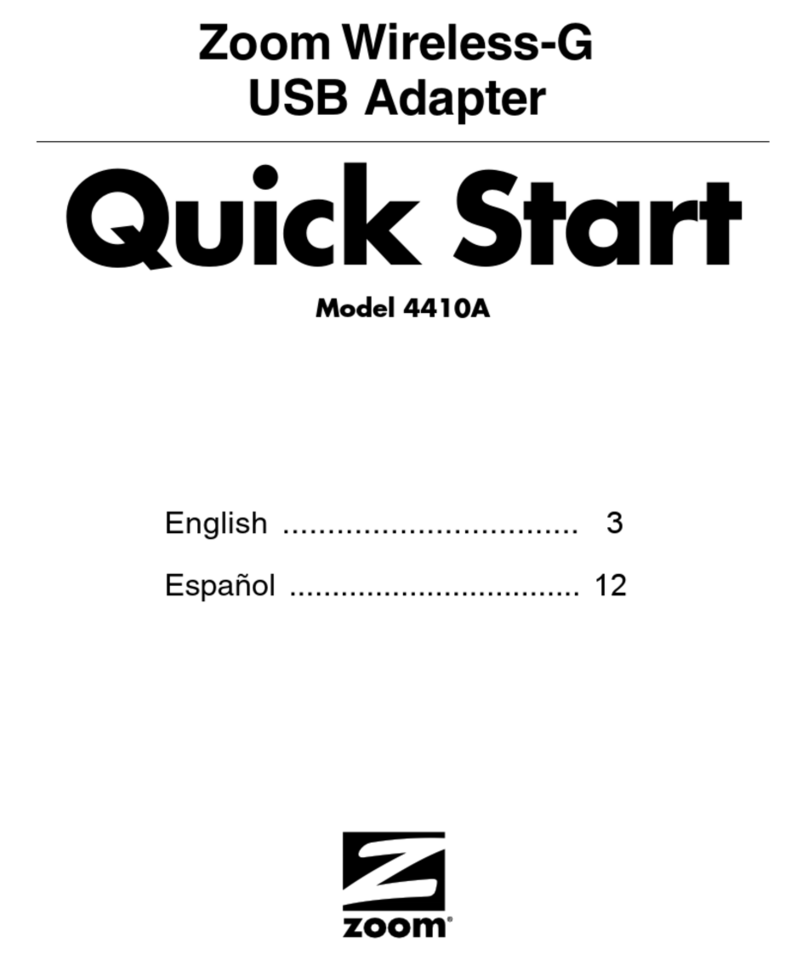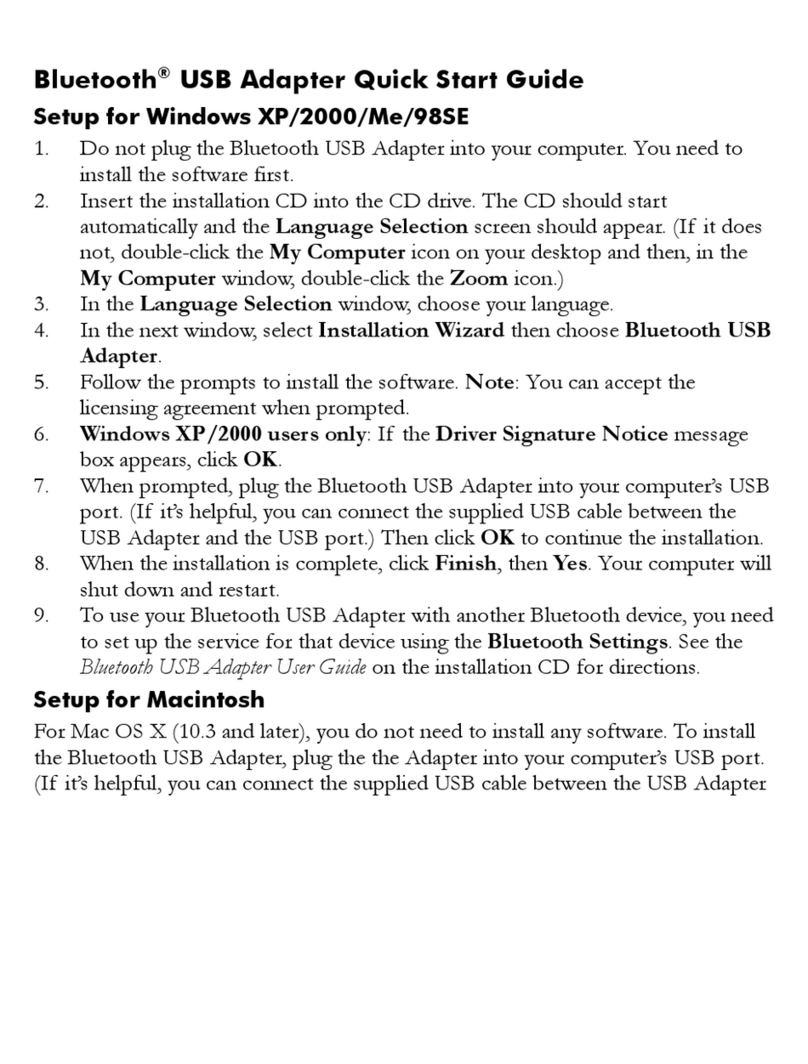
Contents iii
Contents
ABOUT THIS GUIDE................................................................................... 5
DOCUMENTATION CONVENTIONS ............................................................................. 5
CHAPTER 1 INTRODUCTION................................................................. 7
TA/V.34 AND TA FEATURES ................................................................................ 7
USING THE TA/V.34 OR TA WITH ISDN ............................................................... 8
ORDERING ISDN SERVICE..................................................................................... 8
Setting Up Phone Numbers........................................................................ 9
Using Multiple Subscriber Numbers.......................................................... 9
Configuring Your TA/V.34 or TA........................................................... 10
CHAPTER 2 INSTALLATION................................................................11
WHAT YOU NEED TO INSTALL THE TA/V.34 OR TA............................................... 11
INSTALLING THE TA/V.34 OR TA HARDWARE ...................................................... 12
SETTING UP IN WINDOWS 95 AND WINDOWS NT 4.0 WITH PLUG AND PLAY BIOS ... 18
SETTING UP IN WINDOWS 3.1 OR 3.11.................................................................. 20
CHAPTER 3 SOFTWARE CONFIGURATION...................................23
GENERAL TIPS FOR SETTING UP COMMUNICATION
SOFTWARE.......................................................................................................... 23
Tips for Selecting Setup Options.............................................................. 23
INITIALIZATION, RESET, DIAL, AND ANSWER SETTINGS............................................ 25
For ISDN Connections ............................................................................. 25
USING ISDN LINE FOR DATA .............................................................................. 26
Using an ISDN Line to Call an ISDN Data Device (remote access)....... 26
CONFIGURING VOICE CONNECTIONS ...................................................................... 27
CONFIGURING DIAL-UP NETWORKING................................................................... 28
Using ML-PPP and PPP Connections in
Windows 95.............................................................................................. 28
Using PPP Connections in Windows 3.1 or 3.11.................................... 31
Using ML-PPP Connections in Windows 3.1
or 3.11....................................................................................................... 32
Using ML-PPP and PPP Connections in Windows
NT............................................................................................................. 32
CHAPTER 4 PROBLEMS AND SOLUTIONS.....................................36
GENERAL TROUBLESHOOTING ............................................................................... 37
ISDN LINE CONNECTIONS................................................................................... 39
ML-PPP CONNECTIONS...................................................................................... 42
VOICE CONNECTIONS........................................................................................... 42
APPLICATION FAILURES - FOR THE TA/V.34 ONLY .................................................... 43
VOICE MAIL - FOR THE TA/V.34 ONLY ................................................................... 43
APPENDIX A: PRODUCT SUMMARY.................................................. 45
APPENDIX B: ISDN CARD SPECIFICATIONS...................................48
APPENDIX C: IRQS AND CONFLICTS ...............................................49



